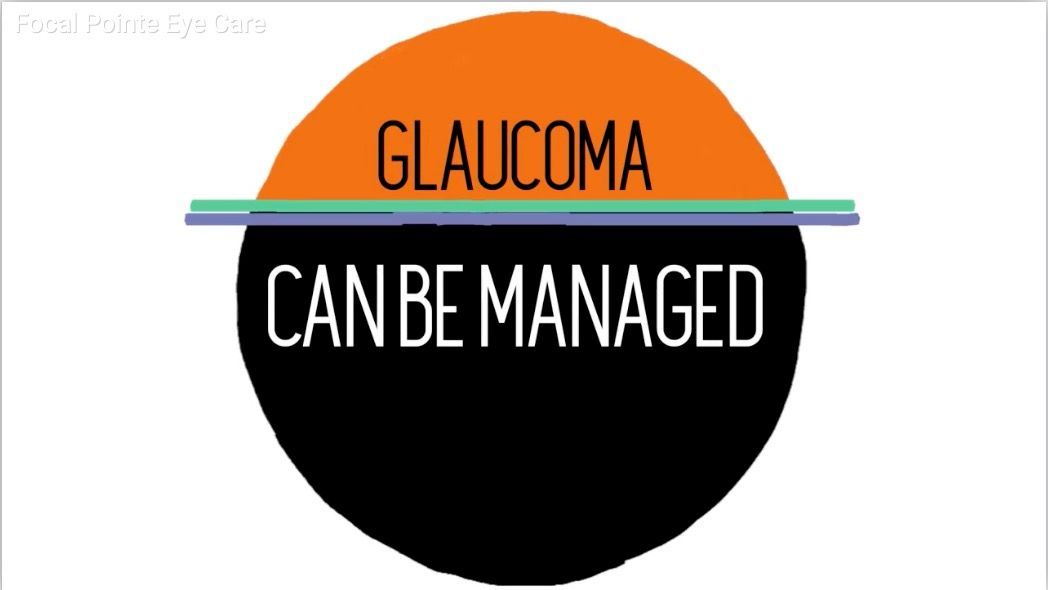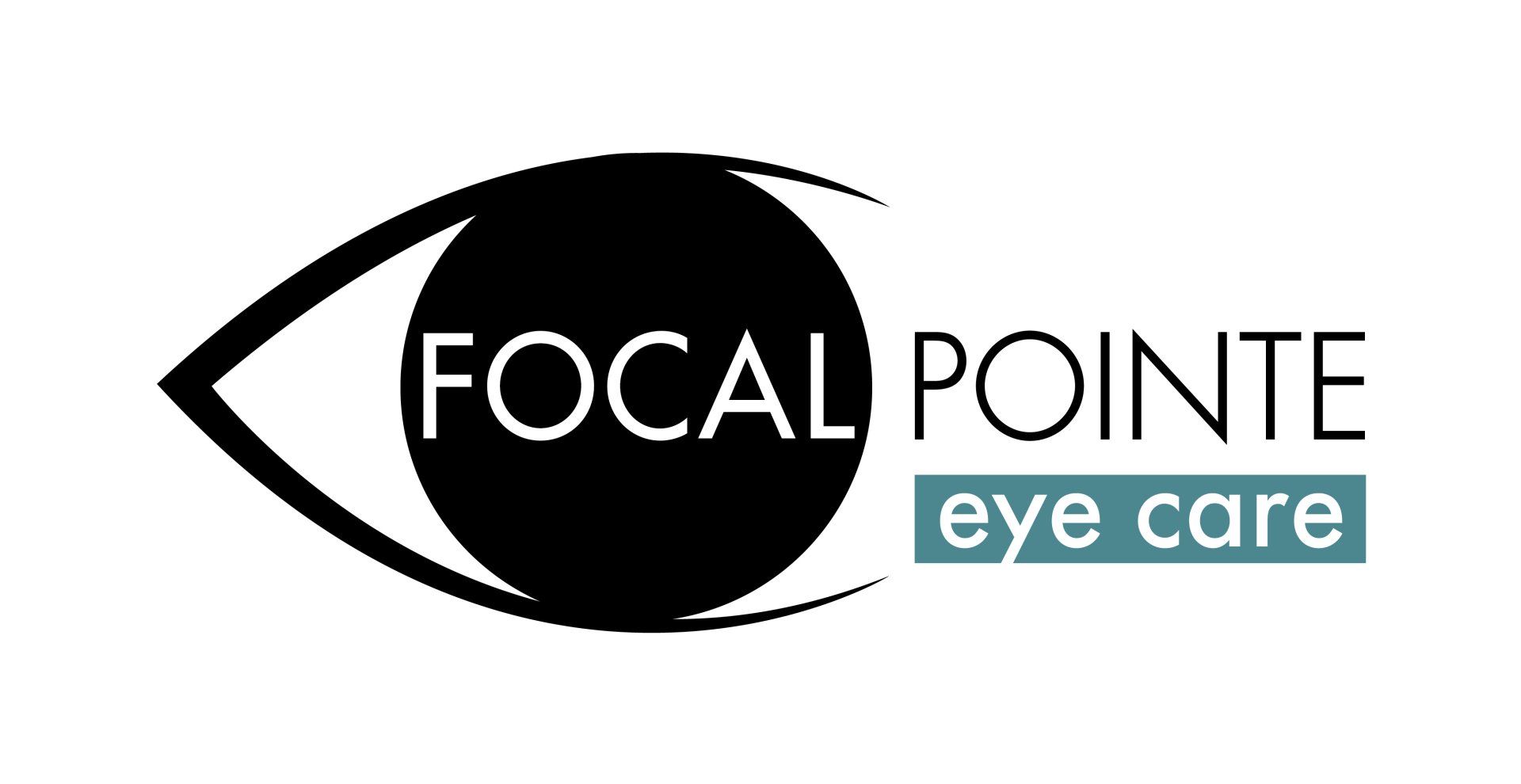
FOCAL POINTE BLOG
Button
Your Path to Eye Health: A Comprehensive Overview of Glaucoma Testing
Understanding Your Glaucoma Tests and Follow-Ups
Your Path to Eye Health: A Comprehensive Overview of Glaucoma TestingEmpty heading

Welcome to your guide on navigating the journey of glaucoma screening and testing. If your recent visit to the doctor has indicated a potential risk for glaucoma, it's natural to have questions and concerns. Glaucoma is a condition characterized by chronic and progressive damage to the optic nerve and it can lead to vision loss if left unchecked. There are a number of factors that can put a patient at risk, such as optic nerve size, asymmetry between eyes, high intraocular pressure (IOP), and/or family history of glaucoma.
Understanding the variety of tests and their importance in monitoring your eye health is crucial. This article will demystify the process, explain each test and its purpose, and provide a clear roadmap of what to expect in the coming year. Our goal is to arm you with knowledge and confidence as you embark on this important journey towards safeguarding your vision.
| What Tests Will I Do? | What Does It Do? | Why Is This Test Done? |
|---|---|---|
| Humphrey Visual Field (HVF) | Maps your field of vision, also measuring the strength and sensitivity of your responses. | Glaucoma can result in loss of vision. This shows if vision loss is beginning or has already occurred. |
| Fundus Photography | High magnification images of the optic nerves. | Glaucoma can affect how your optic nerves appear. This documents anatomical changes over time. |
| Pachymetry | Measures thickness of the cornea | Corneal thickness affects IOP measurements. IOP can be falsely elevated due to thicker corneas. |
| Optical Coherence Tomography (OCT) | Imaging capturing view of the cell layers within the optic nerve and macula. | Many types of images can be obtained with this device, each scanning a very specific area within the eye. The data gathered from these images monitors for structural damage involving the optic nerve, nerve fibre layers, and macula and compares results to average limits. |
| Gonioscopy | Performed by your doctor, examines the angles between your iris and cornea. | IOP can increase if fluid within the eye does not flow properly. Angle evaluation can show if the angles are too narrow for fluid to drain. |
| Electroretinogram (ERG) | Measures nerve cell function by watching a visual stimulus. | Catches abnormalities of the optic nerve and retina early, before vision loss occurs. |
Frequently Asked Questions:
Why do I have to come back for these tests? Can’t I do them all today? Certain tests are done in conjunction with a visit with your doctor, but others need their own appointment time. Visual fields and ERGs require extra time and focus so they are not able to be combined with other visits. These testing appointments can take about 30 to 40 minutes. Be sure to arrive for medical testing rested, alert, and attentive.
How many visits are needed?
In your first year, about 5 total visits are expected. You will alternate between medical testing appointments and visits with your doctor. After consistent and reliable results are achieved, visits may be spaced further apart. You can see the full schedule for the initial screening process below.
Why are my visits spaced out?
Your first two visits are within 1 month to obtain baseline information. Moving forward, visits are spaced 3 months apart to closely monitor eye health and document changes over time. It is important to stay on schedule with glaucoma follow up visits so a timeline can be established. Scheduling appointments too far, or too soon, can make it harder for your doctor to accurately assess your risk of progression.
Why do I need to repeat tests?
To ensure results are consistent and accurate.
If I still don’t have glaucoma, why do I have to keep coming back? Once you go through all tests, the risk does not go away. It is something your eye doctor will continue to monitor as risk may change with time.
Glaucoma Protocol
- 2 weeks after your initial exam - HVF (testing only)
- 1 month after your exam - Visit with your doctor to review HVF, capture fundus photos, and pachymetry
- 3 months after exam - HVF and OCT (testing only)
- 6 months after exam - Visit with your doctor to review prior testing and capture OCT
- 9 months after exam - ERG (testing only)
- 12 months after exam - Annual comprehensive exam with fundus photos
As you navigate through your glaucoma testing journey, remember that each test and visit is a step towards ensuring the best possible outcome for your eye health.
Feel free to discuss any concerns or questions with us– we are here to support you every step of the way. Together we can work towards maintaining your vision and eye health for years to come.
The videos below provide more information about glaucoma and risk factors.
CONTACT US
GET IN TOUCH
Website Footer Form
Thank you for contacting Focal Pointe Eye Care. A member of our team will review your inquiry and respond to you within one business day.
Contacting us on the weekend? Most inquires receive a response on Monday afternoon.
If your need a faster response, please call us at 513-779-3937 during regular business hours.
If you have an eye emergency, please call our phone number and listen for instructions.
Please try again later
Office Hours:
M: 10:30am-5:00pm
Tu: 9:00am-5:00pm
W: 9:00am-5:00pm
Th: 9:00am-5:00pm
F: 9:00am-3:00pm
